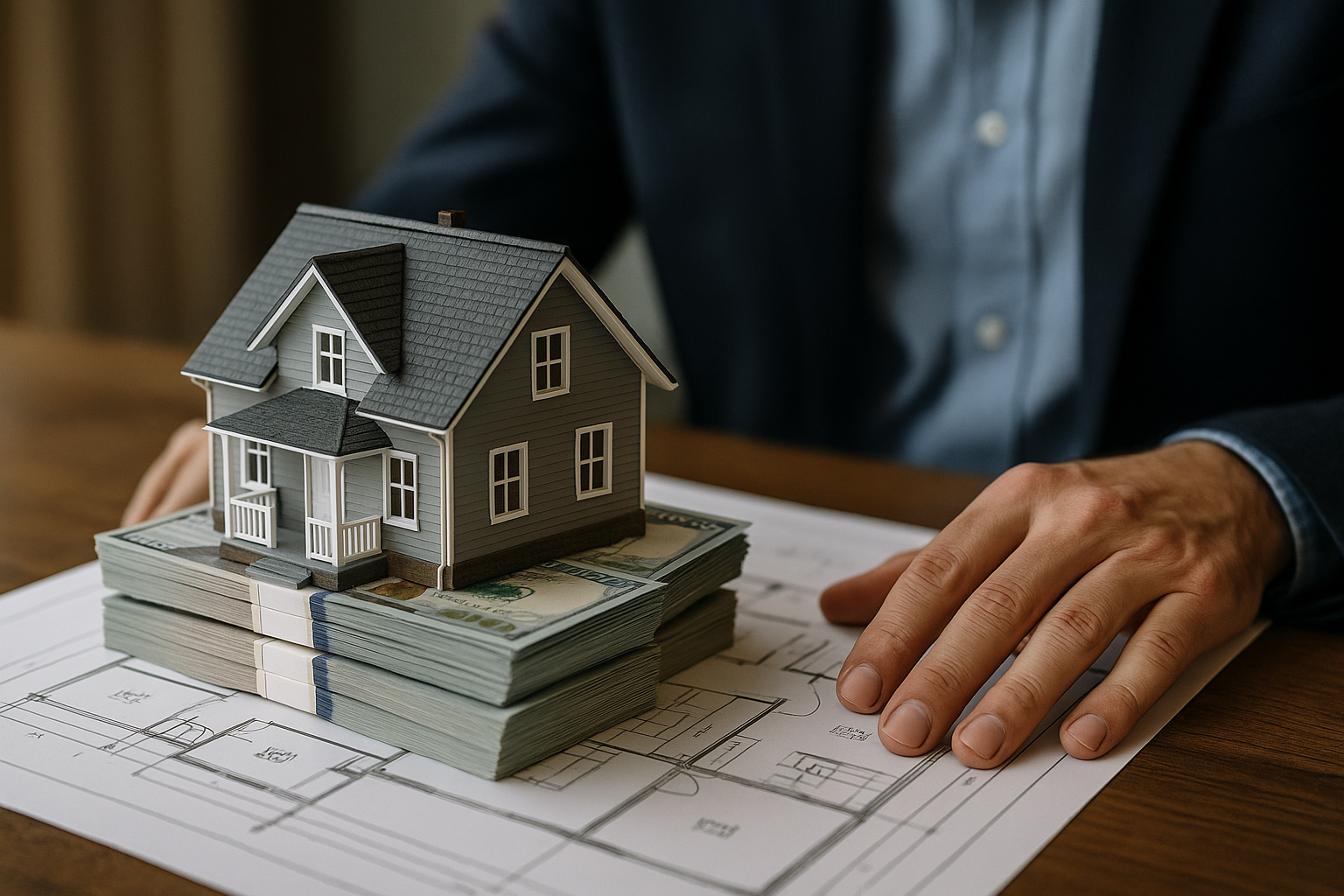Learn About Simple Prefabricated Cabin Designs & Costs Involved
Prefabricated cabins offer an efficient and cost-effective alternative to traditional construction, combining modern design with practical functionality. These factory-built structures arrive on-site ready for assembly, reducing construction time and labor expenses. Whether you're seeking a weekend retreat, a backyard office, or a permanent residence, understanding the design options and financial considerations can help you make an informed decision about this increasingly popular housing solution.

Prefabricated cabins have transformed the way people approach building projects, offering streamlined construction processes and predictable timelines. Unlike conventional builds that can stretch over months with weather delays and coordination challenges, prefab cabins are manufactured in controlled environments and delivered ready for installation. This method not only speeds up the process but also ensures consistent quality and reduces material waste. From minimalist studios to multi-room family homes, the variety of designs available caters to diverse needs and preferences.
Introduction to Prefabricated Cabin Living
Prefabricated cabin living represents a shift toward efficiency and sustainability in residential construction. These structures are built in sections at manufacturing facilities, where precision machinery and skilled craftspeople create components that fit together seamlessly. Once the sections arrive at your property, assembly typically takes days rather than months. This approach appeals to those who value predictability in both timeline and budget. Many prefab cabin owners appreciate the reduced environmental impact, as factory construction minimizes waste and allows for better resource management. The living experience itself mirrors traditional homes, with modern insulation, plumbing, and electrical systems integrated during manufacturing.
Styles and Designs of Prefabricated Cabins
The design landscape for prefabricated cabins spans from rustic retreats to contemporary architectural statements. Traditional log cabin styles feature natural wood exteriors and cozy interiors that evoke classic wilderness aesthetics. Modern designs incorporate clean lines, large windows, and open floor plans that maximize natural light and create spacious living areas. Scandinavian-inspired models emphasize minimalism and functionality, often featuring light wood tones and efficient use of space. A-frame designs remain popular for their distinctive silhouette and efficient snow-shedding capabilities in colder climates. Modular options allow for customization, enabling buyers to select layouts with one to four bedrooms, various bathroom configurations, and additional features like lofts or covered porches. Many manufacturers offer sustainable options with solar panel integration, rainwater collection systems, and energy-efficient appliances.
Costs of Prefabricated Cabins
Understanding the financial aspects of prefabricated cabins requires examining multiple cost factors. The base price typically covers the cabin structure itself, including walls, roof, windows, and doors. Small single-room cabins ranging from 200 to 400 square feet generally start between $15,000 and $40,000. Mid-size cabins of 600 to 1,000 square feet typically range from $50,000 to $100,000. Larger family-sized models exceeding 1,200 square feet can cost between $100,000 and $200,000 or more, depending on finishes and features. Beyond the structure, buyers must budget for site preparation, foundation work, utility connections, delivery, and assembly. Foundation costs vary based on terrain and chosen method, ranging from $5,000 for simple pier foundations to $15,000 or more for full basements. Delivery fees depend on distance from the manufacturing facility and can add $2,000 to $10,000. Professional assembly services typically cost between $3,000 and $15,000, though some manufacturers include basic setup in their pricing.
| Provider | Cabin Size | Cost Estimation |
|---|---|---|
| Allwood Outlet | 172-480 sq ft | $8,000-$35,000 |
| Tuff Shed | 200-800 sq ft | $12,000-$60,000 |
| Jamaica Cottage Shop | 300-1,200 sq ft | $20,000-$90,000 |
| Cabin Kits by Conestoga | 400-1,500 sq ft | $35,000-$120,000 |
| Avrame | 500-1,300 sq ft | $45,000-$140,000 |
Prices, rates, or cost estimates mentioned in this article are based on the latest available information but may change over time. Independent research is advised before making financial decisions.
Additional expenses include permits and inspections, which vary by location but typically range from $500 to $3,000. Interior finishing, if not included, can add $10,000 to $50,000 depending on appliance quality, flooring choices, and fixture selections. Landscaping, decks, and outdoor features represent further investments that enhance functionality and aesthetic appeal.
Practical Uses for Prefabricated Cabins
Prefabricated cabins serve numerous purposes beyond traditional vacation homes. Many homeowners install them as backyard offices or studios, creating dedicated workspaces separate from main residences. This arrangement proves particularly valuable for remote workers seeking professional environments without commuting. Guest houses represent another popular application, providing comfortable accommodations for visitors while maintaining household privacy. Some property owners use prefab cabins as rental units, generating income through vacation rental platforms or long-term leases. Artists and craftspeople appreciate them as workshops where creative pursuits can flourish without disrupting household routines. Retirees sometimes place smaller cabins on family properties, allowing aging parents to maintain independence while staying close to relatives. Educational institutions and camps utilize prefab structures for dormitories, classrooms, and administrative buildings. Their quick installation makes them ideal for temporary housing during home renovations or as transitional residences while planning permanent construction.
The versatility of prefabricated cabins extends to recreational properties, where they serve as hunting lodges, fishing camps, or seasonal retreats. Their durability and weather resistance make them suitable for various climates, from mountain regions to lakeside settings. Environmental researchers and conservation organizations deploy them as field stations in remote locations where traditional construction would be impractical or environmentally disruptive.
Prefabricated cabins represent a practical solution for those seeking efficient construction, predictable costs, and flexible design options. By understanding the available styles, realistic pricing structures, and diverse applications, potential buyers can determine whether this building approach aligns with their needs and budget. The combination of reduced construction time, quality control, and environmental benefits continues to attract homeowners, investors, and organizations looking for reliable alternatives to conventional building methods.




